In this week’s Charging Forward, Clearstone Energy has won approval for two battery energy storage systems (BESS) totalling 700 MW, while a 1 GW NatPower UK project in Mowbray has received more than 1,000 objections, and more.
This week’s headlines:
- Clearstone Energy approved for two BESS projects totalling 700 Mw
- Frontier Power and Ethos announce UK long duration battery partnership
- NatPower UK BESS projects receive over 1,000 objections
- NESO unveils grid reform plans
- Elmya RPC submits plans for 252 MW Northamptonshire BESS
- SSE to optimise major Scottish BESS projects
- Varco Energy powers up 57 MW BESS
- Thermal storage could unlock 10 GW of flexibility by 2030, BEAMA says
- International news: PacifiCorp looks to invest in 3 GW of iron-air battery storage
Clearstone Energy wins BESS approvals
UK solar and battery storage developer Clearstone Energy has secured planning permission for two BESS hubs in England.
Local planning authorities in Suffolk approved Clearstone’s plans for the 300 MW/600 MWh Bramford Storage Hub on 26 March.
Located near the existing Bramford 400 kV substation, Clearstone said it will request an accelerated grid connection date for the project ahead of its current scheduled connection in 2029.
Meanwhile, Horsham District Council signed off on plans for the 400 MW/800 MWh Great Oak Energy Hub on 28 March.
Located on the Knepp Estate in Sussex, Clearstone said it will now seek to move the project’s current 2031 connection forward.
Clearstone said the two projects brings its portfolio of ready-to-build UK BESS projects to 1.1 GW/2.2 GWh.
Clearstone Energy head of development Rob Garratt welcomed the planning consent for the two “really high-quality proposals”.
“These projects are ready to build, and conversations with National Grid about grid connections are already well progressed,” Garratt said.
“We look forward to working with National Grid and the National Energy System Operator to find ways of bringing forward connection dates in support of Clean Power 2030”.
Approval for the two battery storge projects comes after fellow developer Field Energy acquired a 200 MW/800 MWh project in Hartlepool from Clearstone in November.
Clearstone also recently expanded its development operations to Italy, with the aim of building a 1 GW BESS project pipeline there over the next two years.
Frontier announces long duration storage partnerships
Frontier Power and Ethos Green Energy have announced a deal to advance around 20 GWh of long duration energy storage (LDES) projects in the UK.
The joint development agreement also covers 5 GW of solar energy, data centres and co-location projects to create integrated “energy hubs”.
But the two firms said the initial focus for the partnership will be on submitting projects to the UK’s LDES cap and floor scheme, which launched earlier this month.
Under the deal, Ethos will give Frontier exclusive access to “multiple connection points and land options” of around 10 GW capacity to support the development of energy projects.
The LDES projects will incorporate both flow and zinc-based batteries, Frontier said.
Separately, Frontier also announced a memorandum of understanding with American zinc battery developer Eos Energy Storage to develop up to 5 GWh of LDES in the UK, including applications for the cap and floor scheme.
Frontier said the collaboration with Eos will help to strengthen trade ties between the US and the UK “during a time of rising trade tensions”.
The collaboration with Eos comes shortly after Frontier formed a partnership with British-Canadian vanadium flow battery developer Invinity.
Frontier Power chief executive Humza Malik said the partnership with Ethos will provide an “unparalleled portfolio of connection points and land options”.
In addition, Malik said the partnerships with Invinity and Eos means Frontier is “poised to deliver utility scale transformative projects that will enhance energy security, reduce costs for consumers, and support the UK’s net-zero ambitions”.
Eos chief executive Joe Mastrangelo said the company has designed is supply chain strategy to be “transportable”, allowing Eos to co-locate manufacturing near customer demand.
As a result, Mastrangelo said Eos can provide “sustainable jobs” in regions with demand for the company’s energy storage technology.
“As that demand grows, both domestically and internationally, we’ll expand our manufacturing footprint, and we’re excited to partner with Frontier to execute on that vision in the UK market and beyond,” he said.
Pushback against NatPower BESS projects
More than 1,000 people have objected to NatPower UK’s plans to build two 1 GW BESS projects in Yorkshire.
NatPower UK, a subsidiary of the wider NatPower Group headquartered in Luxembourg, submitted plans for the two projects in January.
According to the BBC, planning officials in North Yorkshire received more than 260 objections to the plans for the Mowbray Energy Storage scheme at East Rounton.
Meanwhile, the Bellmoor battery storage scheme near Thirsk attracted more than 800 objections.
Routon Parish Council and charity CPRE North and East Yorkshire were among the organisations to raise objections, according to the Local Democracy Reporting Service.
A NatPower spokesperson told the BBC that the firm is “committed to engaging with the local community” as it develops the energy storage projects.
“We continue to work with local stakeholders and consultees, and we are actively adopting their feedback to ensure the proposals are designed for the benefit of the communities and the UK,” the spokesperson said.
Within the UK, NatPower currently has a 60 GWh pipeline of BESS projects, mostly located in northern England, with plans to invest £10bn in the country.
NESO unveils grid connection reforms
The National Energy System Operator (NESO) has unveiled sweeping reforms aimed at clearing so-called “zombie” renewable energy projects from the grid connection queue.
NESO said the move is expected to unlock £40bn a year of investment, but it could also lead to problems for developers of projects, which may be deprioritised.
Over the last five years, the “queue” to connect to the UK grid has grown tenfold, with developers behind energy production schemes waiting up to 15 years for a connection.
The move, which comes after some delay, is in the context of government figures that show there has been £43.7bn of private investment announced into the UK’s clean energy industries since July.
Under the new changes, projects focusing on “industries of the future” such as data centres and wind and solar projects, will be accelerated for grid connections.
Ofgem chief executive Jonathan Brearly said the reforms will “cut through red tape” and “accelerate homegrown renewable power and energy storage connections as we head to 2030”.
However, UK battery storage developer Root-Power has raised concerns that many fully-consented, ready-to-build projects will miss out on a pre-2030 connection date.
Root-Power said it has identified 7.6 GW of projects, which it believes will make up the pre-2030 pipeline.
The company says it is the only independent power producer (IPP) included in its list with more than 200 MW of projects.
Root-Power managing director Neil Brooks said it is “clear” the UK energy storage market is “heading for consolidation”.
“There will be a need for developers to rapidly sell their project developments to IPPs who have the capabilities to finance and build them,” Brooks said.
“However, projects due to connect before the end of 2026 have limited certainty around their connection date, this may impact the decision making when it comes to these acquisitions.”
Brooks said the Labour government’s clean power 2030 plans will create “great opportunities” for the storage sector.
But he said revised connection offers will come with “stringent commitment milestones, meaning developers who have limited means to deliver against these milestones must now look to divest of these developments”.
Elmya RPC submits plans for 252 MW BESS
Renewable energy developer Elmya RPC has submitted plans for a 252 MW BESS project in Northamptonshire.
Located near the village of Braybrooke, the Desborough BESS will have the capacity to power around 137,000 average UK homes.
According to the Local Democracy Reporting Service, Elmya RPC head of project development James Innes said the Desborough project “represents an essential step towards decarbonising the economy while ensuring greater energy security for the local community”.
Under the plans, the BESS site will be located directly above the railway line near Harborough Road, between Braybrooke and Market Harborough.
Fellow battery storage developer Aura Power is developing a separate 300MW BESS project at Braybrooke in an adjacent field to the Desborough project.
Elmya RPC is a joint venture between Spanish firm Elmya and London-headquartered Renewable Power Capital, which is backed by Canada’s CPP Investments.
SSE to optimise major Scottish BESS projects
Copenhagen Infrastructure Partners (CIP) has contracted SSE Energy Markets to optimise two major BESS projects in Scotland.
CIP announced plans to invest £800m in building the 1 GW Coalburn 2 and 500 MW Devilla BESS in January in a partnership with Susgen subsidiary Alcemi.
As part of the 10-year agreement, SSE’s trading wing will carry out all optimisation and route-to-market services on behalf of CIP for the two sites.
The deal follows a similar agreement covering the Coalburn 1 BESS, the first phase of the CIP project in South Lanarkshire.
The agreement will see all assets optimised across a variety of grid flexibility and wholesale markets via SSE Energy Markets’ Enhance trading platform.
The agreement will also provide income stability through the delivery of a ‘floor price’ for the 10-year period, ensuring minimum income levels are guaranteed for CIP.
Varco Energy powers up 57 MW Liverpool BESS
UK battery storage developer Varco Energy has started full commercial operations at its 57 MW/138 MWh Native River BESS near Liverpool.
The project is Varco’s first BESS asset to come online, and the company expects to energise a further 250 MW of assets in the UK over the next 18 months.
Varco is also developing a 275 MW pipeline of battery storage projects, including a 57 MW project in Cornwall.
Alternative thermal storage could unlock 10 GW of flexibility in the UK by 2030, BEAMA says
UK energy infrastructure trade association BEAMA has released a report estimating the UK could unlock 10 GW of network flexibility by 2030 through increased use of thermal storage.
BEAMA said its estimate is more than double the 4 GW capacity forecast by NESO in its clean power 2030 pathway.
The trade group said unlocking this potential is essential for meeting the Climate Change Committee’s seventh carbon budget target of 9.3 GW by 2030.
BEAMA said its research shows current UK government targets risk “neglecting the potential of alternative clean heat solutions”.
Alongside heat pump technologies, BEAMA said the government needs to consider alternative home heating technologies incorporating flexible thermal storage.
These include thermal battery technologies such as phase-change heat and smart heat batteries, hot water cylinders and high heat retention storage systems.
UK firms Caldera, Sunamp, Tepeco and Vital Energi are among a range of firms developing thermal storage technology solutions, including for industrial uses.
BEAMA said supporting flexible storage technologies will also help to unlock investment to create local green jobs and drive UK economic growth.
Group chief executive Yselkla Farmer said the research shows the opportunities from flexible thermal storage are being “underestimated and dramatically underutilised”.
Farmer said current incentives, government, and media messaging focused on heat pumps can create a confusing picture for consumers.
“We have a responsibility to ensure all households have all of the available options so they can find their own pathway to accelerate their electrification journey,” Farmer said.
PacifiCorp plans 3 GW iron-air storage investment
American electric power company PacifiCorp has unveiled plans to invest in 605 MW of iron-air battery storage projects by 2032, and just over 3 GW by 2045.
Iron-air batteries utilise “reversible rusting”, harnessing the reaction between iron and oxygen to store and release electrical energy.
Massachusetts-based startup Form Energy is developing the iron-air storage technology, and raised $405m (£306m) in series F financing from investors last year.
The funding round brought Form Energy’s total amount raised to date to over $1.2bn (£900m), with investors including GE Vernova and tech heavyweights Bill Gates and Jeff Bezos.
The technology can provide multi-day energy storage for up to 100 hours, and proponents say it offers significant cost, safety and sustainability benefits compared to lithium-ion batteries.
PacifiCorp, owned by investment firm Berkshire Hathaway, announced the iron-air storage plans as part of its 2025 submission to six state utility commissions in the US.
In its report, PacifiCorp said the iron-air batteries offer a low capital cost with a low round-trip efficiency.
Form Energy recently opened its first iron-air battery factory in West Virginia at the site of a former steel mill after securing $150m in US government funding.
The company plans to increase its production capacity to 500 MW by 2028.
Charging Forward, bringing you the latest in UK and international energy storage news, is kindly sponsored by ABB BESS-as-a-Service.



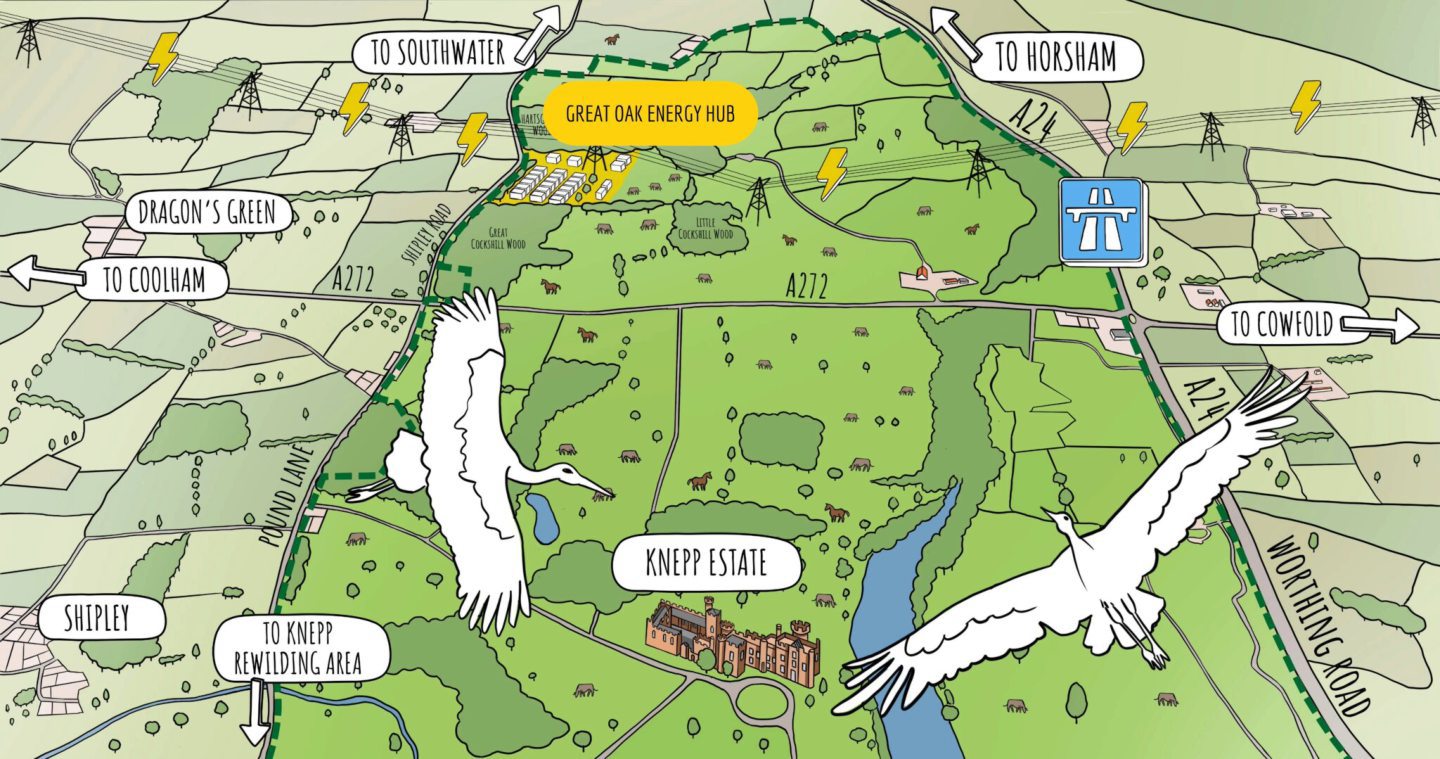 © Image: Clearstone Energy
© Image: Clearstone Energy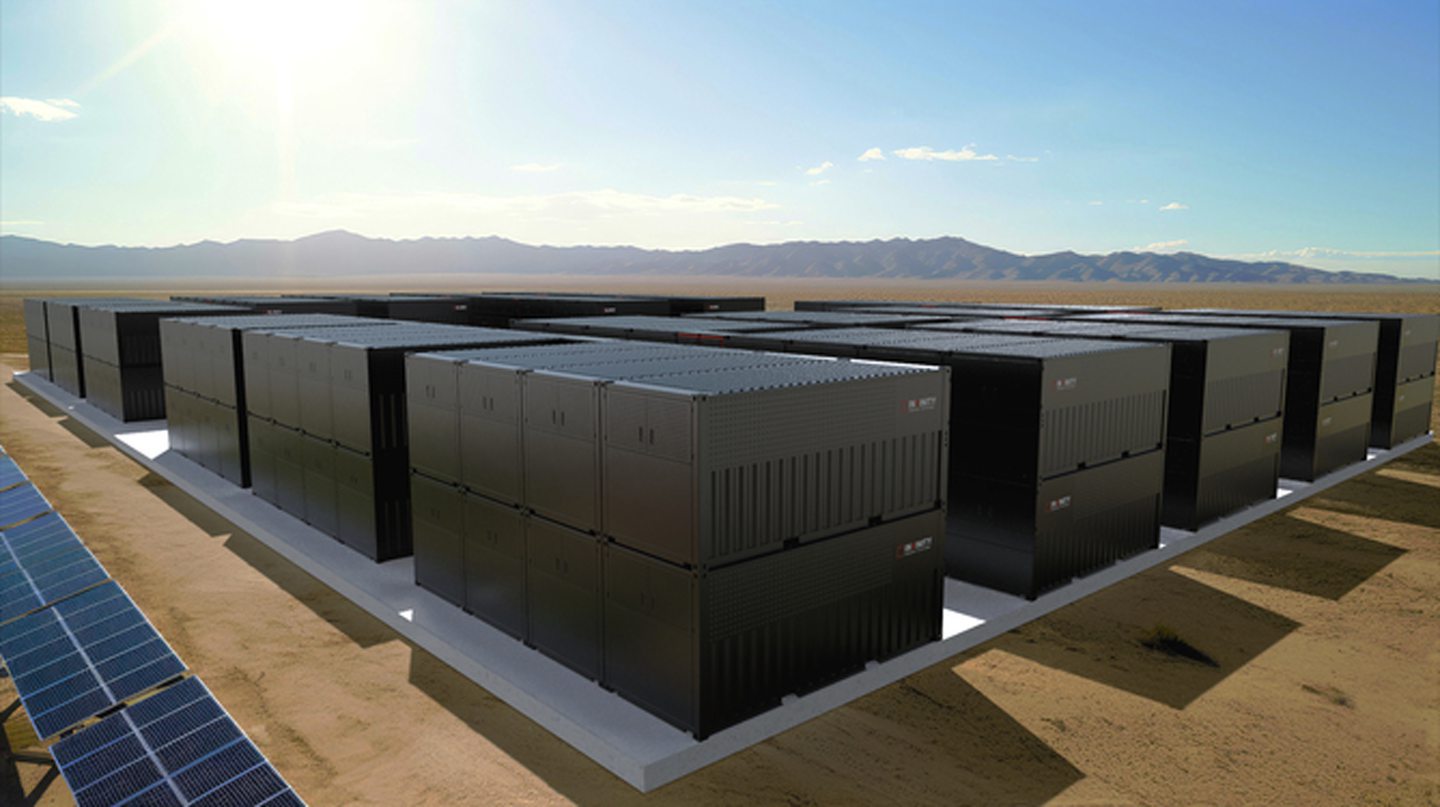 © Image: Invinity Energy Systems
© Image: Invinity Energy Systems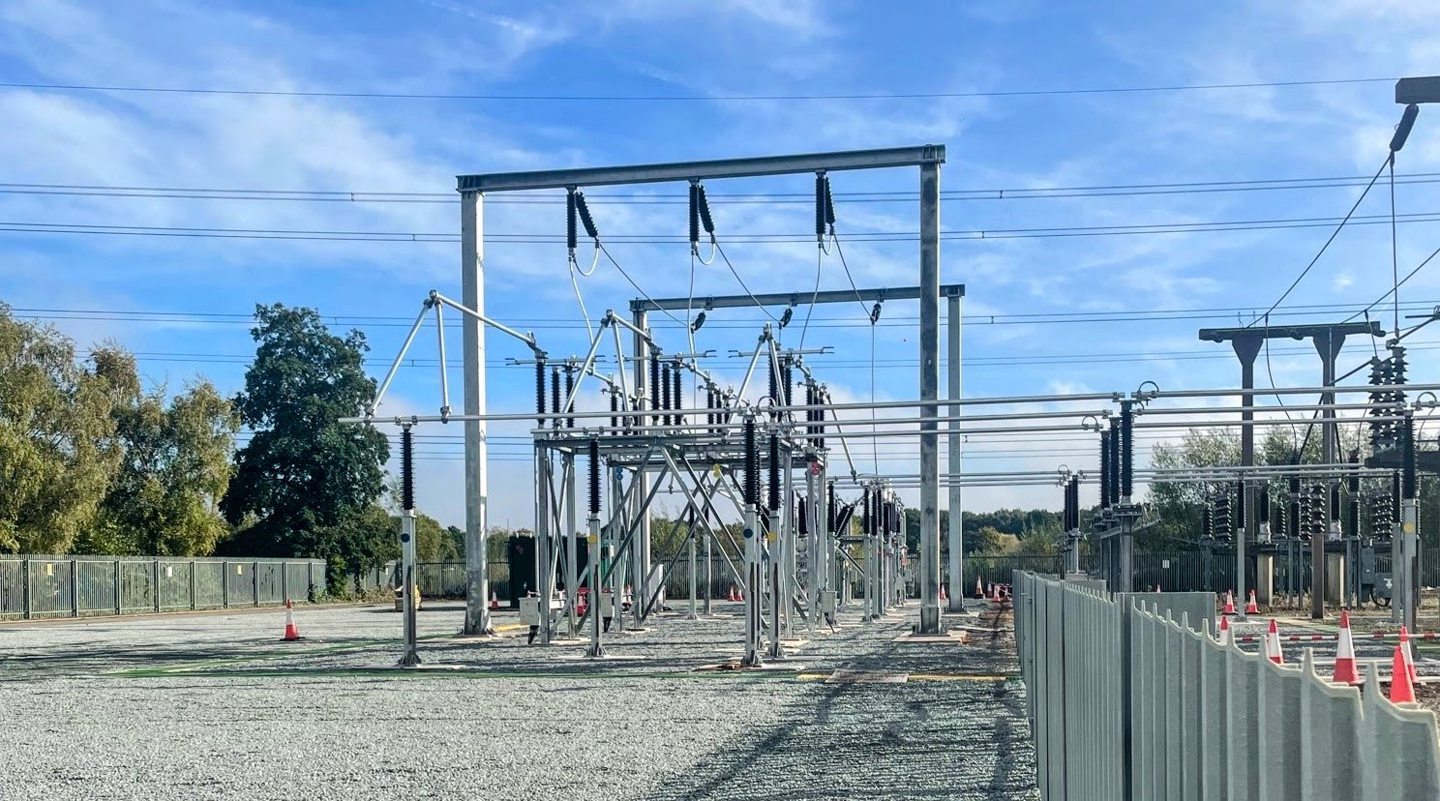 © Supplied by National Grid
© Supplied by National Grid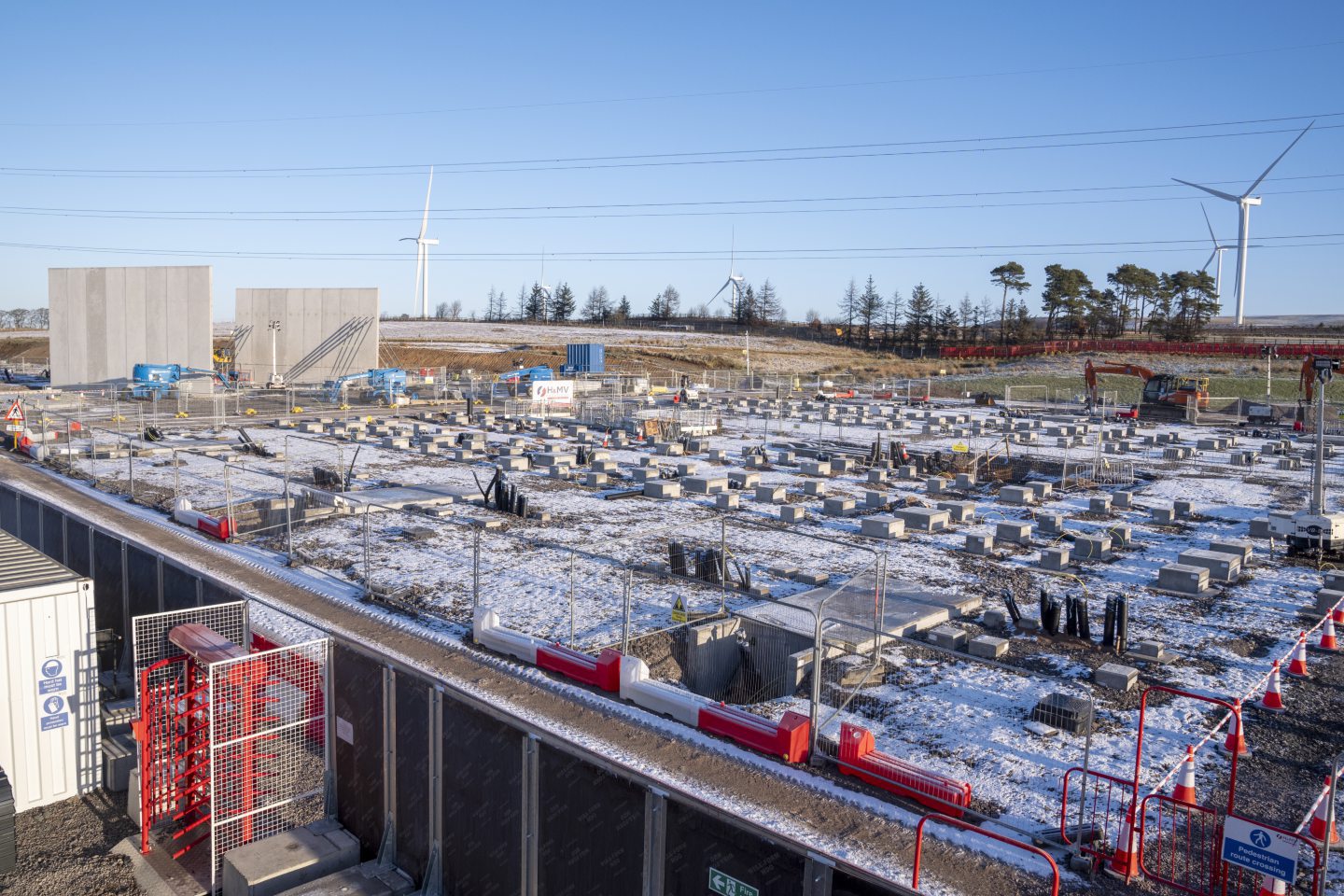 © Jane Barlow/PA Wire
© Jane Barlow/PA Wire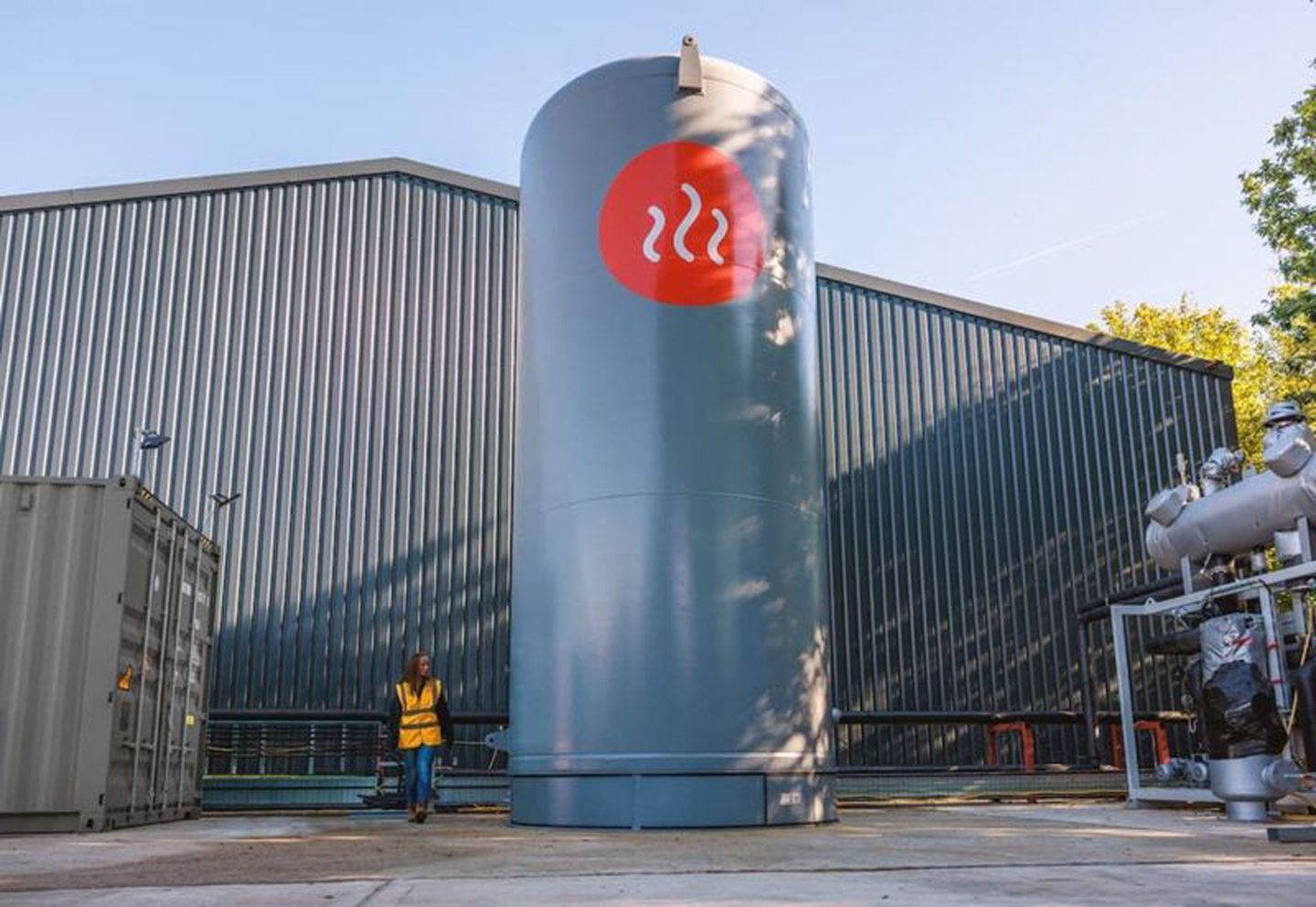 © Supplied by Caldera
© Supplied by Caldera






